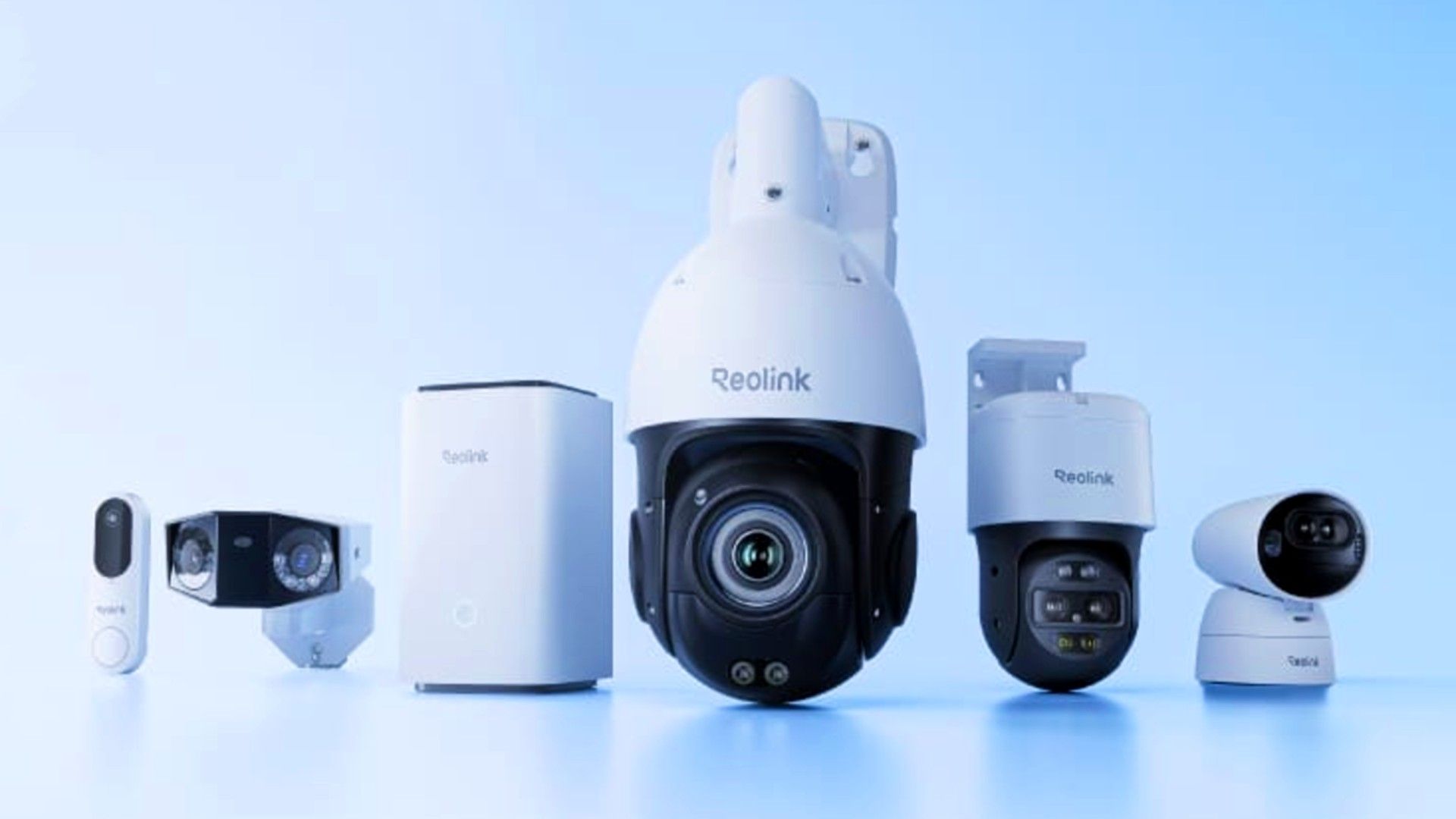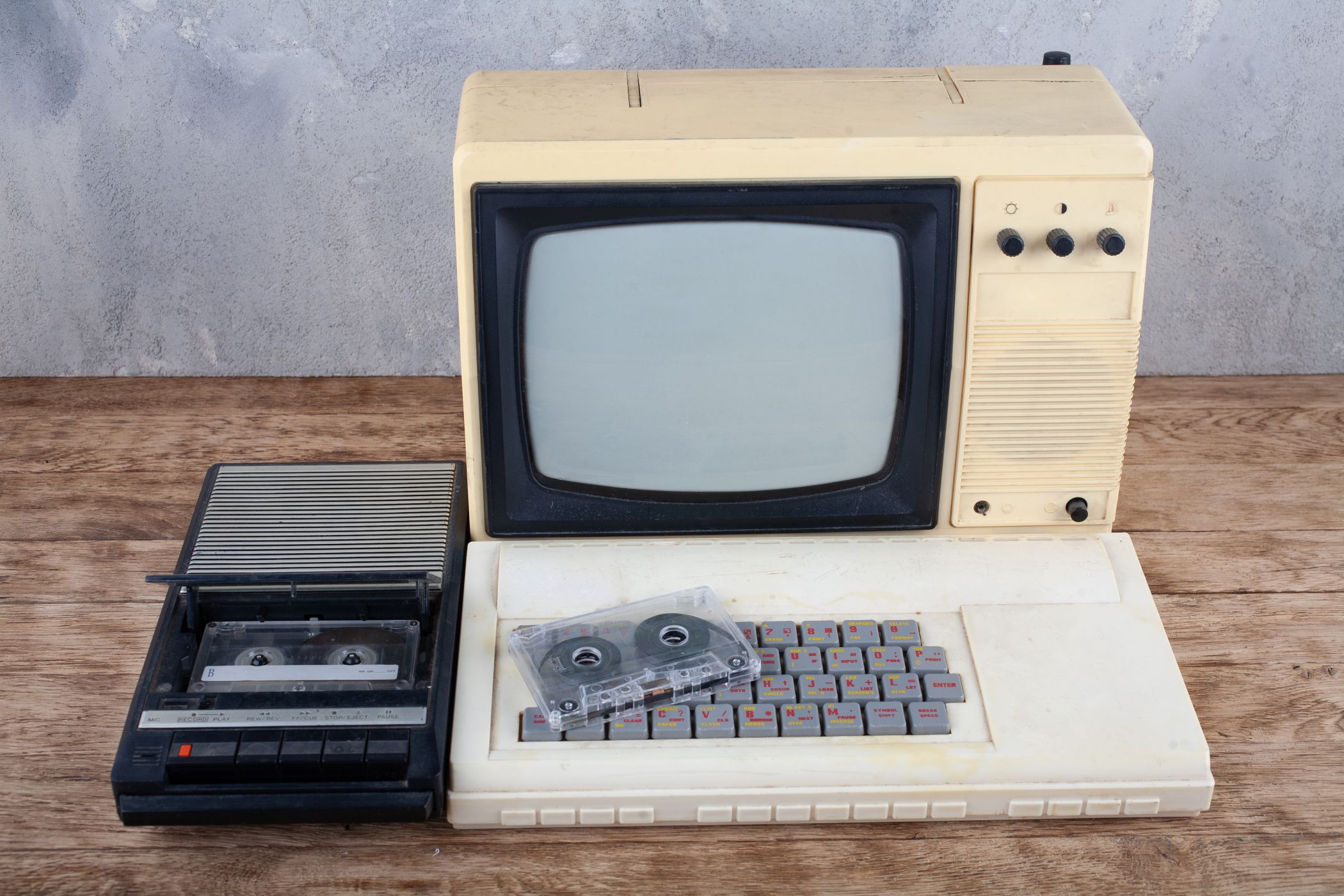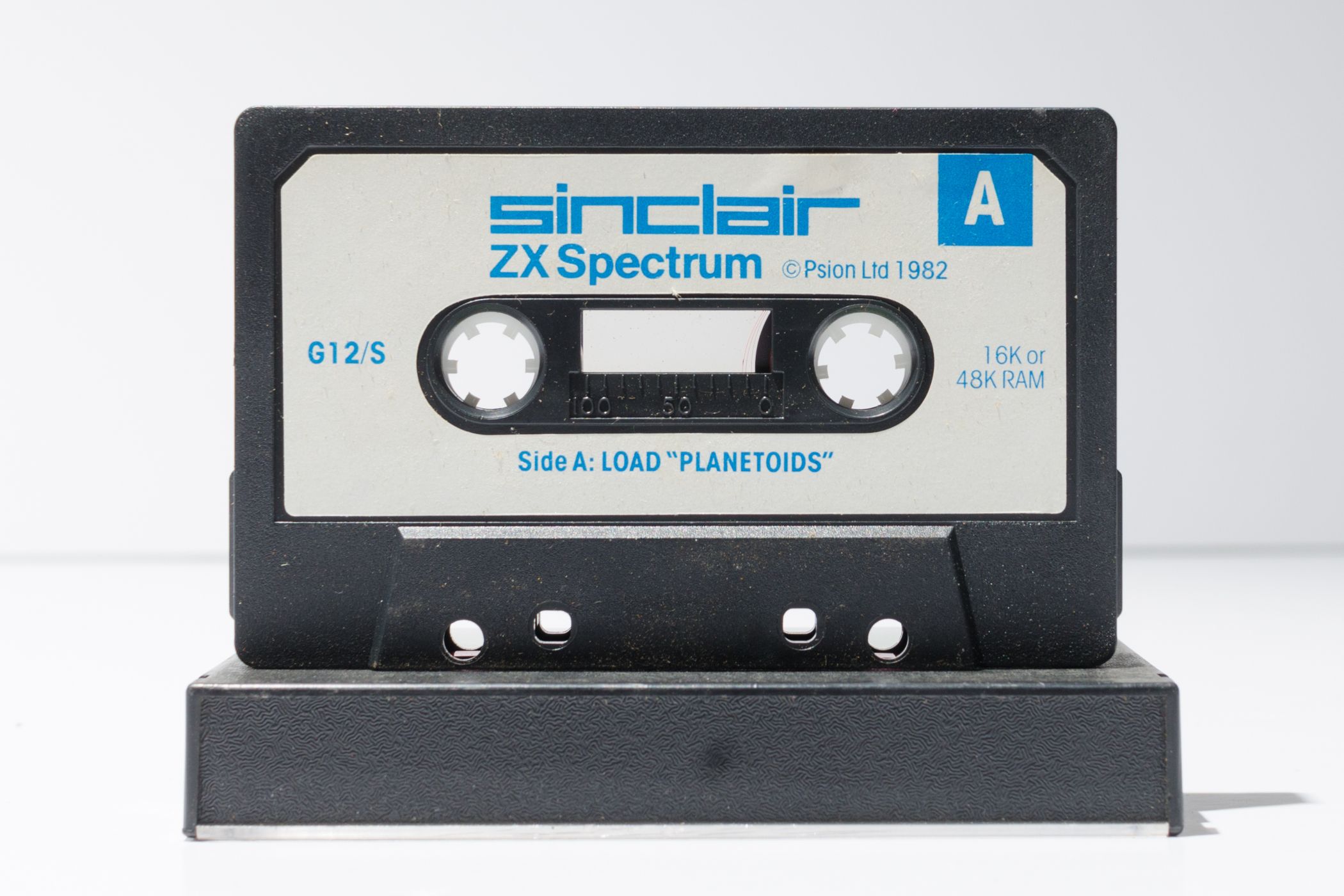Data on these cassettes was stored as analog audio signals.
These tones could be recorded onto a standard cassette tape using a regular tape recorder.
Yes, the same thing modems did over our phone lines, leading tothat tell-tale modem noise.

To load data, the process was reversed.
The computer would read the audio tones from the cassette, interpreting them as binary data.
This binary code would load programs, games, or other content.

Militarist / Shutterstock.com
But why even adapt cassettes for this purpose?
This compatibility wasn’t limited to specially designed computer accessories; ordinary audio cassette players often did the job.
As long as they had the required fidelity and line-out jack.

seeshooteatrepeat / Shutterstock.com
A Wallet-Friendly Solution
Back in the ’70s and ’80s, computing was an expensive hobby.
The available storage options, like floppy drives, were more than just pricey.
They were mammoth-sized in comparison to today’s compact devices.
Enter the humble cassette tape - an affordable and widely accessible medium.
Cassette tapes provided a way to store data without breaking the bank.
This made it an attractive option for budding computer enthusiasts and manufacturers alike.
The Downside: Speed and Reliability
Of course, cassette tapes weren’t without their flaws.
Loading data from a tape was an agonizingly slow process.
In addition, the reliability of cassette tapes left something to be desired.
The magnetic tape could degrade over time, leading to loss of data.
A slight misalignment in the tape player could also spell disaster for your precious code.
There were some venues for authorized copying.
For example, in the 1980s some European radio stations experimented with broadcasting software.
These authorized venues were few and far between though.
Most cassette tape software was copied from tape to tape.
Copying a game or program from one tape to another was as simple as playing a song.
This ease of duplication led to a flourishing underground market for copied software.
Cassette tapes may have been a temporary solution, but they were the right solution for that particular moment.
Today, it plays a significant role in large-scale data storage and backup.
Modern magnetic tapesare highly sophisticated, capable of efficiently storing vast amounts of data.
Businesses, research institutions, and data centers often use them to keep massive archives secure and accessible.
They offer a cost-effective, energy-efficient, and long-lasting storage solution.
However, they are different in a fundamental way: they store data digitally.
This means you don’t have to go through the whole tape to find what you’re looking for!